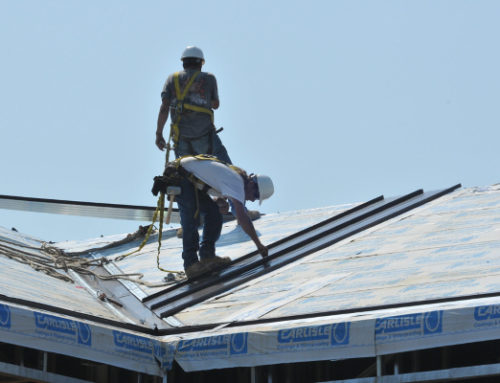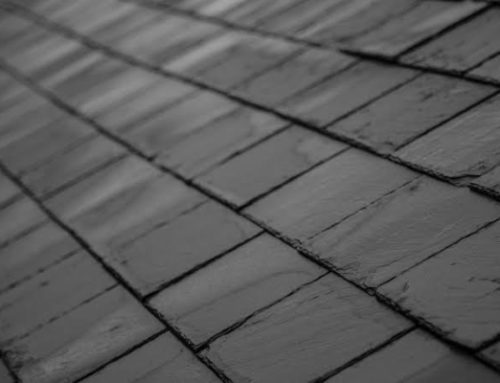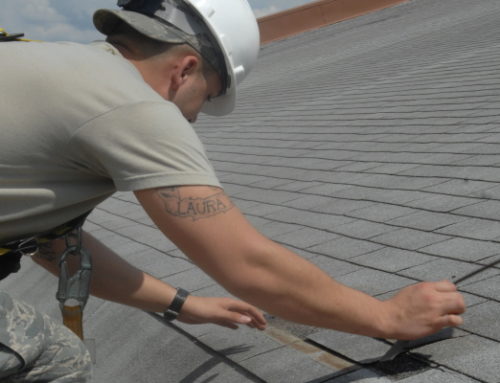Clinton Township residential property owners have a huge variety of material choices for the best types of metal roofs. However, if it has poor ventilation, the promised long-term lifespan and exceptional durability is just next to impossible. Attic ventilation is essential for all kinds of roofs even if you’re using high-durability material such as standing seam metal roofs or different types of corrugated metal roofing.
In this short guide, you’ll learn the different ways to ventilate an attic regardless of metal roof panel styles or standing seam metal roof types. In addition, you’ll learn the concept of ventilation and working with different materials in the process. Take note that this is based on a Clinton Township MI veteran roofing contractor and attic ventilation specialist practice, so you can trust it to be greatly useful.
Attic Ventilation Tips and Tricks
- Attic Ventilation’s Importance
- Five Steps for Excellent Metal Roof Attic Ventilations (5 Steps)
- Can I Install Attic Ventilation Without Prior Experience? (+2 more items)
The Importance of Attic Ventilation for All Types of Metal Roofs
Attic ventilation allows both stack and wind effect work and circulate temperature across your roofing material and its structure.
Stacking happens when hot air rises and creates pressure against the highest points of the attic such as the ridges. The hot air can only escape through vents and an intake of cool air from the lower part of the attic.
Wind effect happens when the wind blows against the roof from the outside and increases both the volume of hot and cold air. Most Clinton Township properties do not experience any strong winds in most seasons, but if they do, their well-ventilated roofs achieve proper hot air dissipation.
During winter, trapped hot air that heaters generate will melt snow on roof ridges and across the surface of your deck. In doing so, it will lead to ice dams, which can drench your internal roof and cause leaks. In addition, it prolongs the lifespan and durability of all types of metal roofs for residential properties.
Related: Why Choose Metal Roofs For Residential Properties?
How to Ventilate Residential Metal Roof Properties
Ventilation Basics
The most important principle that every vent design follows is that hot air is always lighter than cold air. Cold air will always travel low and swayed by strong wind current. Alternatively, hot air will always travel vertically where possible. Therefore, if you install a low cold air entry, it will push out hot air through attic vents.
In contrast, attic ventilation does not affect the overall property insulation. Vent design allows hot and cold air to travel to the attic directly and not inside the main living areas of the property. In this light, it achieves optimal insulation with regular heating dissipation preventing ice dam damage.

Hot air travels in a vertical path naturally, which makes it imperative to vent your attic.
Intake
Soffit or intake vents allow dense and low-traveling cold air to enter the vent as it travels towards your property.
To install soffits, you will have to cut holes across your residential soffit holes. Next, you must cover them with vent panels. You may need more vents if you have a huge roofing expanse. However, one soffit vent per side of the property is enough to cool down an attic.
An alternative to cutting soffit holes is using a perforated soffit. This adds extra curb appeal and improves the intake of cold air across the length of the soffit.
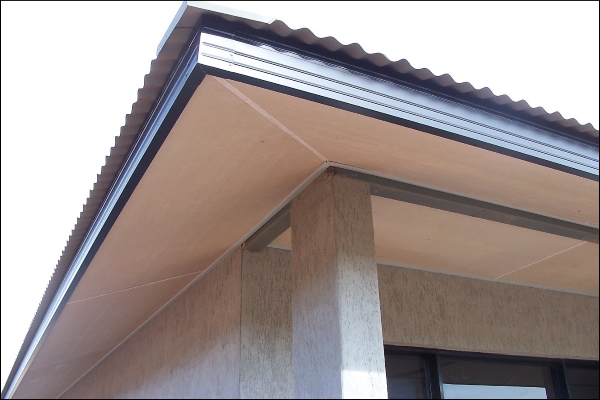
Soffits take in low cold air and send it upwards to push out cold air through ridge vents.
Gable
Gables are non-penetrative vents you install along the attic wall. It looks like a sun portal installed on your wall rather than your roof. However, instead of window glass, you will install a vent exhaust that allows hot air to flow outside of your attic.
Of all the vent types available, this is the easiest and most effective for all types of metal roofs. You will need power tools to drill the holes across the gable vent. Next, you can cut out the outline of the vent using a metal blade.
Indeed, you will need power tools to perfect gable vent installations. You can choose to borrow or rent these tools or ask help from a reliable roofing contractor.
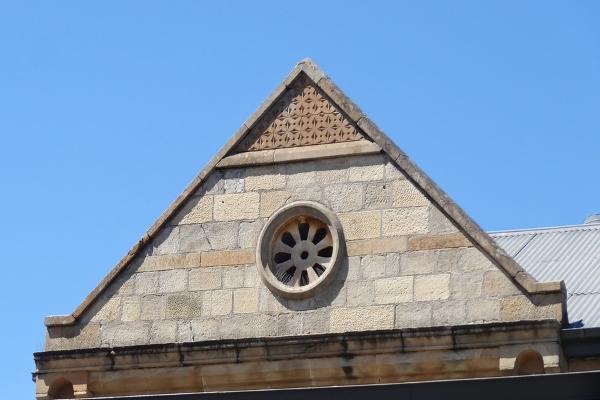
Gable vents install your attic exhaust on the wall. It is the easiest to do, but still requires specialist equipment.
Ridges
Both soffit and gable vents can work with ridge vents because hot air flow upward. In fact, ridge vents can work effectively on its own due to this principle.
You can have your contractor install special metal ridge caps that provide an opening acting as an exhaust for hot air emanating from your home. These caps use a thin strip of perforation such as a flap of metal. The best thing about ridge cap vents is it is barely noticeable from the curb. In fact, the flaps are quite small enough to be seen unless you are less than a meter close.
However, ridge vents only work on sloped traditional roof materials and shapes. Flat roof shapes common with commercial properties use a different kind of ridge vent system.
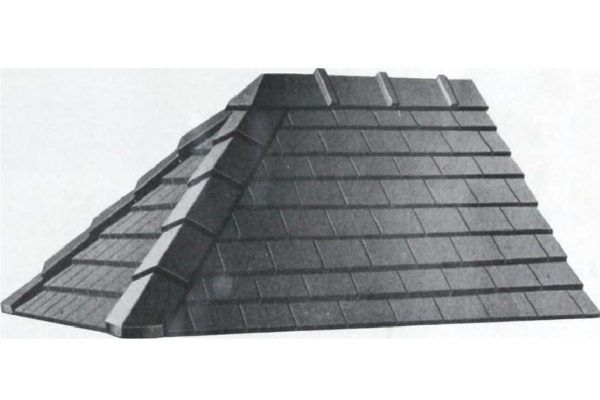
Ridge vents use special small openings on its caps to release hot air through your attic.
Baffles
These are the passageways connecting soffits and ridge vents towards your attic and outwards into the ridge vent. Baffles keep insulation from blocking the airflow and helps improve insulation through rafter and drywall insulation.
Unfortunately, this requires specialist equipment and knowledge to install, which means you’ll need to work with an attic ventilation-experienced contractor to do the job perfectly.
I Have No Roofing Experience, Can I Install Attic Ventilation?
Any homeowner can install an easy gable vent if they have the right tools and time to invest. True enough, ventilation projects for all types of metal roofs can vary in length. However, most will span several weekends, which make it a huge commitment for homeowners.
In addition, poor construction will result in poor results or short-term efficiency. Homeowners will have to re-do projects that have failed to become satisfactory results. This means additional time and resources spent to reconstruct and improve the vent construction. On the other hand, it gives inexperienced homeowners better experience in building vents, which they can use in the future.
Are There Licenses and Certifications Needed to Install Ventilation?
Ventilation projects rarely project outside the property, which means homeowners need not acquire permits from local governments before starting attic ventilation projects. However, some vent parts and fittings manufacturers only honor warranties if a certified contractor has installed your vent system.
How Do I Make Sure I Get The Perfect Vent Installations for Attics?
An experienced roofing contractor residing and servicing Clinton Township properties for years is a sure-fire way to make sure you get the right attic vent installations for all types of metal roofs.
If you have yet to find a reliable roofer, you can count on Miller’s Home Improvements to help you. We have decades of experience providing top-level roofing and attic ventilation services. Contact us today to get your attic sorted quickly!




